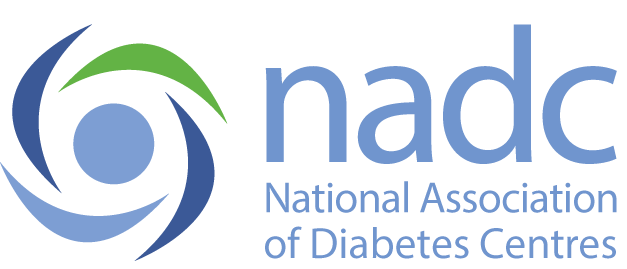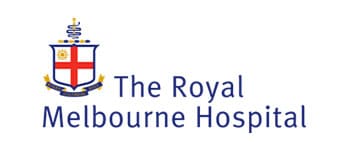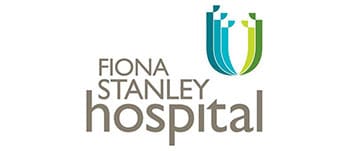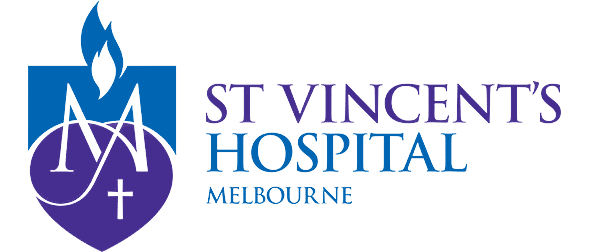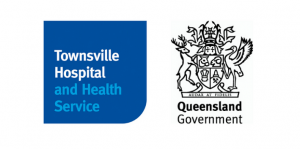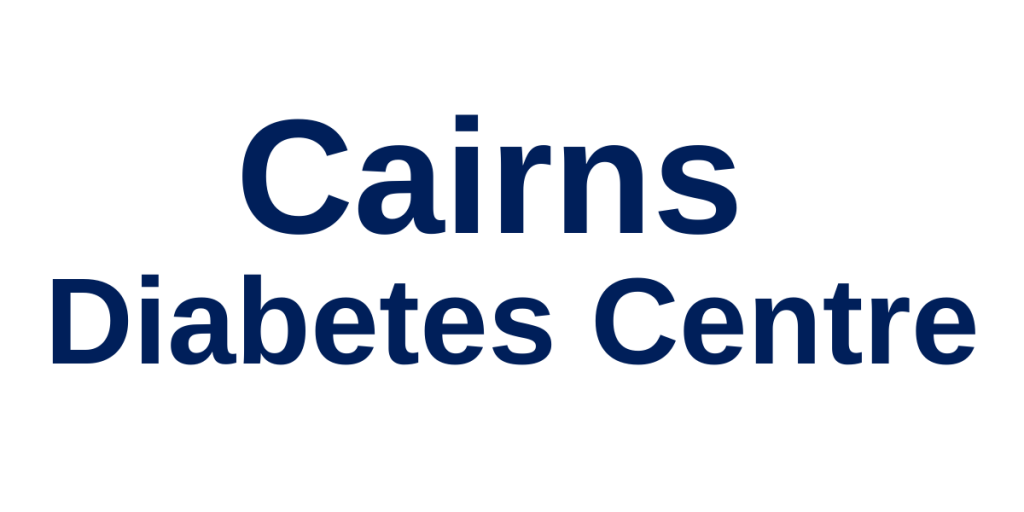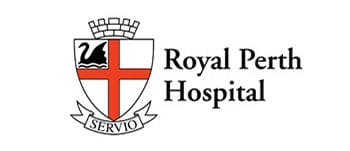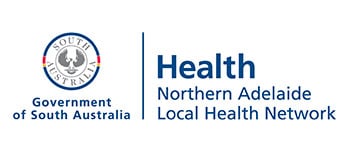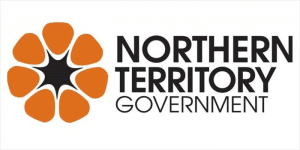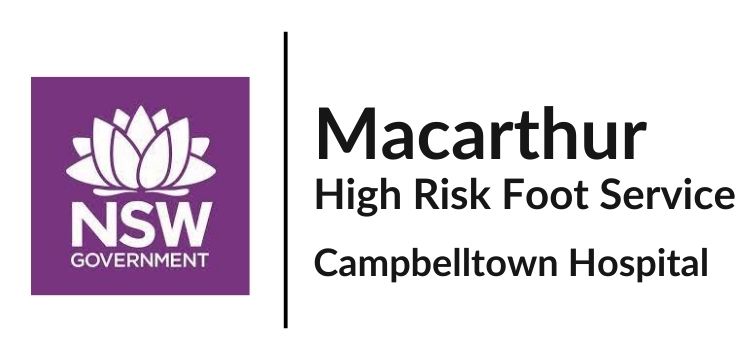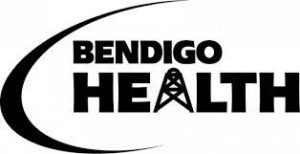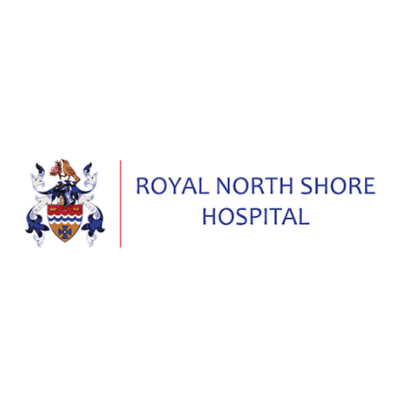Interdisciplinary HRFS Accreditation
NADC Collaborative Interdisciplinary Diabetes HRFS Accreditation
In conjunction with the National Association of Diabetes Centres (NADC) Collaborative Interdisciplinary Diabetes High Risk Foot Service (iHRFS) Standards, the NADC has released the Pilot NADC Collaborative Interdisciplinary Diabetes HRFS Accreditation program.
The NADC Collaborative accreditation for Interdisciplinary Diabetes High Risk Foot Services is the only national accreditation of its kind, aimed at the improvement of quality and safety within Interdisciplinary Diabetes HRFS. The accreditation model is focused on a three-pronged approach combining governance, clinical and quality criteria. The objective of the NADC Interdisciplinary Diabetes HRFS accreditation is to assist Diabetes HRFS to achieve quality patient care through improved interdisciplinary team based care including improved governance and centre structure, as well as providing opportunities for clinician education and research.
During 2020, NADC in collaboration with our partners have extensively reviewed the iHRFS Standards and we are pleased to present Version 2.0.
*You may access and download a copy via the links below

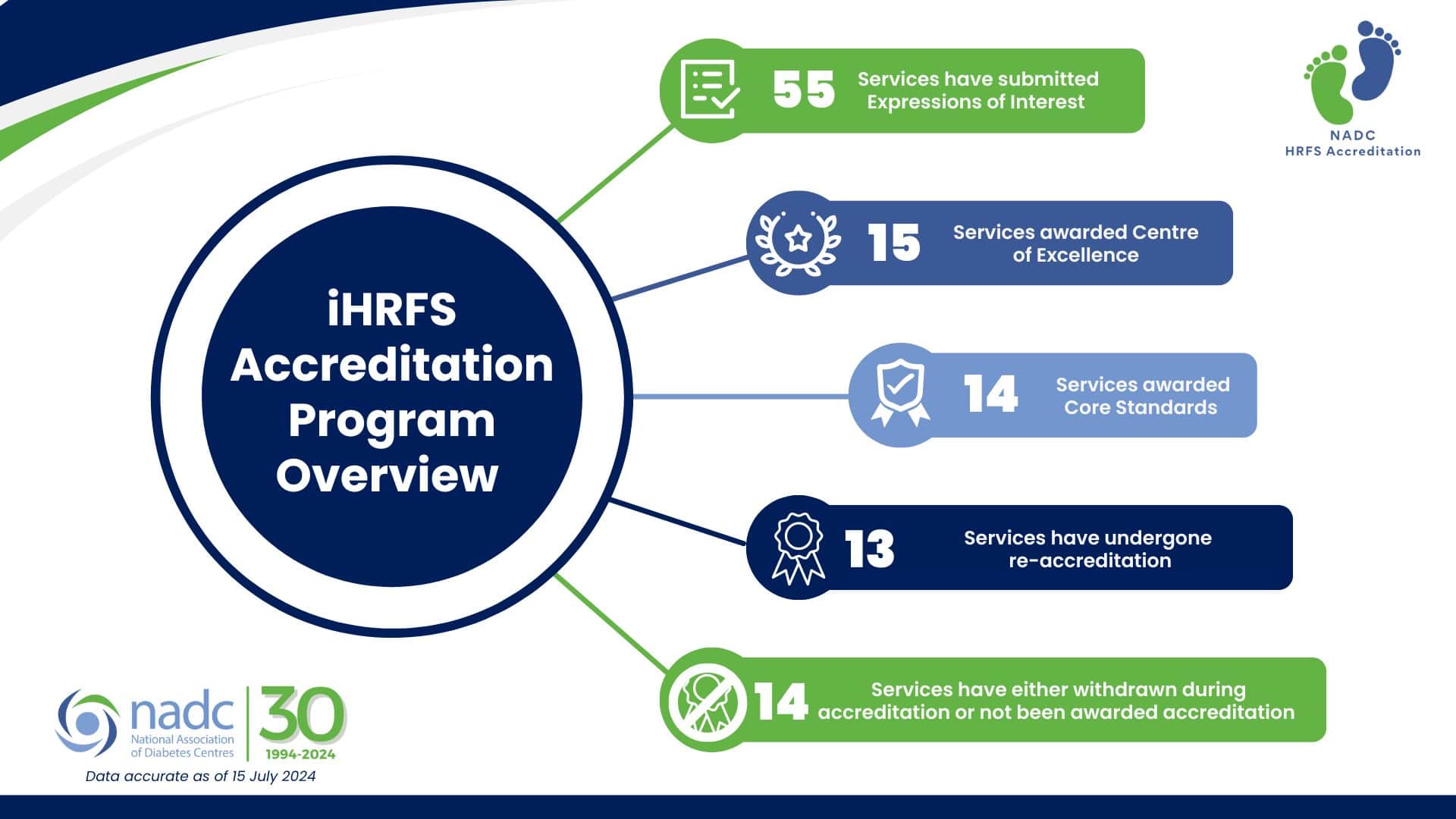
Centre of Excellence Awardees
Core Standards Awardees
As part of NADCs role in setting National iHRFS Standards and an Accreditation program, the next step is to assist in connecting services with other services that have been identified as leaders in iHRFS. If you are wishing to make a connection with one our of accredited services to discuss models of care and service provision, please email admin@nadc.net.au
Accreditation
Accreditation is one tool in a range of strategies that can be used to improve safety and quality in a health based organisation. It is a way of verifying:
- Actions are being taken
- System data are being used to inform activity
- Improvements are made in safety and quality
The NADC Collaborative Interdisciplinary Diabetes HRFS accreditation also aims to define and and harmonise the standard of service delivered by Interdisciplinary Diabetes HRFS across Australia in an effort to meet key goals under the National Diabetes Strategy 2016-2020, namely, practices and procedures resulting in improved care, improved quality of life among people with diabetes, and a reduction in the prevalence of diabetes-related complications.
Applicability of the Interdisciplinary Diabetes HRFS Standards
The NADC Interdisciplinary Diabetes HRFS Accreditation Standards have been written to set a benchmark level for Interdisciplinary Diabetes HRFS within Australia however they can be used as a guide by any foot services aiming to benchmark and improve the quality and range services provided to people with diabetes receiving foot care.
Overlap with other standards
Many Interdisciplinary Diabetes HRFS are already accredited in their affiliation with a larger hospital or health service. There are deliberate synergeries and overlap with existing accreditation systems to ensure a robust accreditation framework.
Who needs to complete the NADC Collaborative Interdisciplinary Diabetes HRFS accreditation?
An Interdisciplinary Diabetes HRFS provides coordinated multidisciplinary treatment for people with limb threatening diabetes-related foot complications primarily foot ulcerations, Charcot neuroarthropathy and foot infections. Interdisciplinary Diabetes HRFS provide care in a patient centred, continuing, comprehensive and coordinated manner. The Accreditation Standards are wholly relevant to all Interdisciplinary Diabetes HRFS that meet this definition.
Benefits of NADC Collaborative Interdisciplinary Diabetes HRFS accreditation
There are wide-ranging benefits to achieving such accreditation. This includes, but is not limited to:

Recognition - Interdisciplinary Diabetes HRFS that complete accreditation will have their status updated to indicate ‘Accredited NADC Collaborative Interdisciplinary Diabetes HRFS’, which will be promoted on the NADC website, in NADC member lists, HRFS maps published on the website, and in information provided to other health professional organisations.

Knowledge-sharing – the ability to leverage knowledge from other accredited Interdisciplinary Diabetes HRFS to improve service delivery and care

Far reaching quality improvement – the opportunity for your Interdisciplinary Diabetes HRFS to become part of a broader goal of improving diabetes related foot services nationwide, including by mentoring and educating smaller services

Benchmarking – the opportunity for your Interdisciplinary Diabetes HRFS to compare performance against other peer centres and to identify opportunities for improvement

Business expansion – opportunity to broaden your Interdisciplinary Diabetes HRFS’ reputation and patient base

Status and Reputation – opportunity to benchmark your Interdisciplinary Diabetes HRFS against peer services

Service improvement – opportunity to utilise the evidence gained from the accreditation process to lobby for increased funding and resourcing in areas where your Interdisciplinary Diabetes HRFS can be enhanced
The NADC Collaborative Interdisciplinary Diabetes High Risk Foot Service Accreditation Program had a successful pilot phase. Seven High Risk Foot Services throughout Australia have completed the accreditation process, with the aim to assess their service and to also provide feedback on the accreditation process.
We are now accepting iHRFS Accreditation Expressions of Interest (EOI) for the next rounds in the year 2024.
Round 1: EOIs close Friday 2nd Feb 2024 with Commencement Accreditation Round 1 Monday 26th Feb 2024
Round 2: EOIs close Friday 12th April 2024 with Commencement Accreditation Round 2 Monday 6th May 2024
Round 3: EOIs close Friday 5th July 2024 – Commencement Monday 29th July 2024.
- allowing for in-depth service review
- the collection and gathering of supporting evidence
- identify any areas for improvement, both short and long term.
Accreditation costs
$95 Core Standards
$185 Centre of Excellence
HRFS accreditation will be awarded for a period of 4 years, after which time, reapplication is required to retain HRFS accreditation status.
To register your Interdisciplinary High Risk Foot Services Expression of Interest (EOI) in the NADC Collaborative Interdisciplinary Diabetes HRFS Accreditation program, download the Expression Of Interest (EOI) form. You may also download the NADC Collaborative Interdisciplinary Diabetes High Risk Foot Services (iHRFS) Standards HERE
Once completed, please send the EOI form to the NADC via email at: admin@nadc.net.au with the email subject title: “iHRFS Accreditation EOI *name of service*”
Any further questions in regard to the process can be emailed to: admin@nadc.net.au
